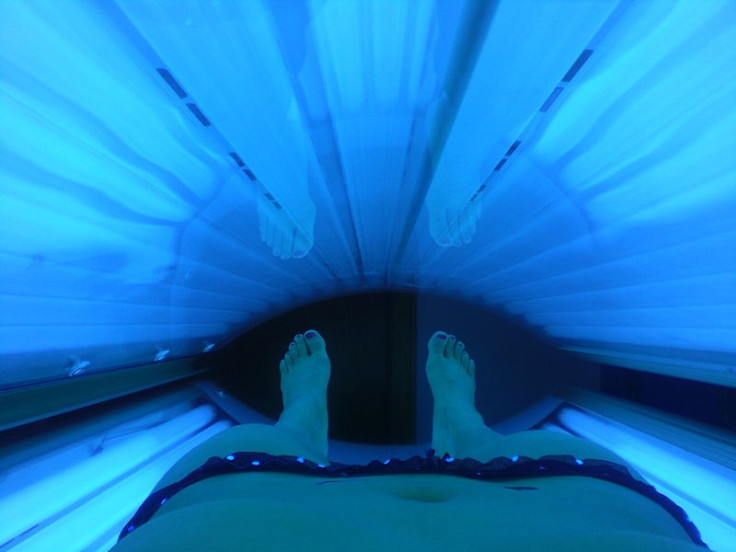Skin Cancer Risk From Sunbeds Six Times Higher than Mediterranean Sun

The risk of skin cancer is up to six times higher from sunbeds than it is from the Mediterranean sun.
Scientists at the University of Dundee found that the risk of skin cancer from sunbeds is at least double that from the sun.
They tested the levels of UV radiation from 400 sunbeds in England and found that nine in ten emit radiation levels that are above British and EU standards.
On average, the strength of radiation was almost double the recommended limit. One of the beds tested produced a risk six times higher than the sun's rays.
In 2010, 12,818 people in the UK were diagnosed with malignant melanoma skin cancer. A further 100,000 were diagnosed with non-melanoma skin cancer.
The same year, 2,746 people died from malignant melanomas and 546 died from non-malignant melanoma skin cancer. Sun exposure is the most common cause of both types of cancer.
Quarter of new cases in under-50s
Around 27 percent of new malignant melanoma cases diagnosed between 2008 and 2010 were in people under the age of 50. In comparison, of all cancers, just 11 percent are diagnosed in under 50s.
The research, published in the British Journal of Dermatology, tested the sunbeds and compared skin cancer risk with the same amount of time spent in the midday Mediterranean sun.
Yinka Ebo, senior health information officer at Cancer Research UK, said: "It's worrying to see that so many sunbeds in England are not meeting the safety standards. This strengthens our advice that using a sunbed just isn't worth it.
"Research has already shown that using sunbeds for the first time before the age of 35 increases the risk of malignant melanoma by 87 percent. They're not going to do you any good - the best case scenario is that they'll age and damage your skin; the worst case scenario is a cancer diagnosis and potentially death."
Since April 2011, it has been illegal for under-18s to use sunbeds. In 2003, the British and European standards were brought in to set out maximum UV levels emitted from sunbeds.
However, there is very little regulation of the industry and businesses are not required to display warning messages about cancer risk.
Government must step up
Professor Harry Moseley, consultant medical physicist at the University of Dundee and lead author, said: "The development of high-power sunlamps, along with clear failures of the sunbed industry to regulate themselves effectively, is putting young people at an even greater risk of skin cancer than we previously thought.
"We hope that these findings will make people think twice before using sunbeds as you can't be sure how much radiation you're exposing yourself to when you try to top-up a tan.
"People need to be encouraged to take better care of their skin, otherwise the cases of malignant melanoma, the most dangerous form of skin cancer, will continue to increase in England."
Nina Goad, from the British Association of Dermatologists, added: "Product safety standards are there to protect the public and the government needs to step up its regulation of the industry.
"England is sadly trailing behind the rest of the UK in this matter. We need proper regulation, covering issues like safety of equipment and health warnings for clients and enforceable through inspections of premises."
© Copyright IBTimes 2024. All rights reserved.






